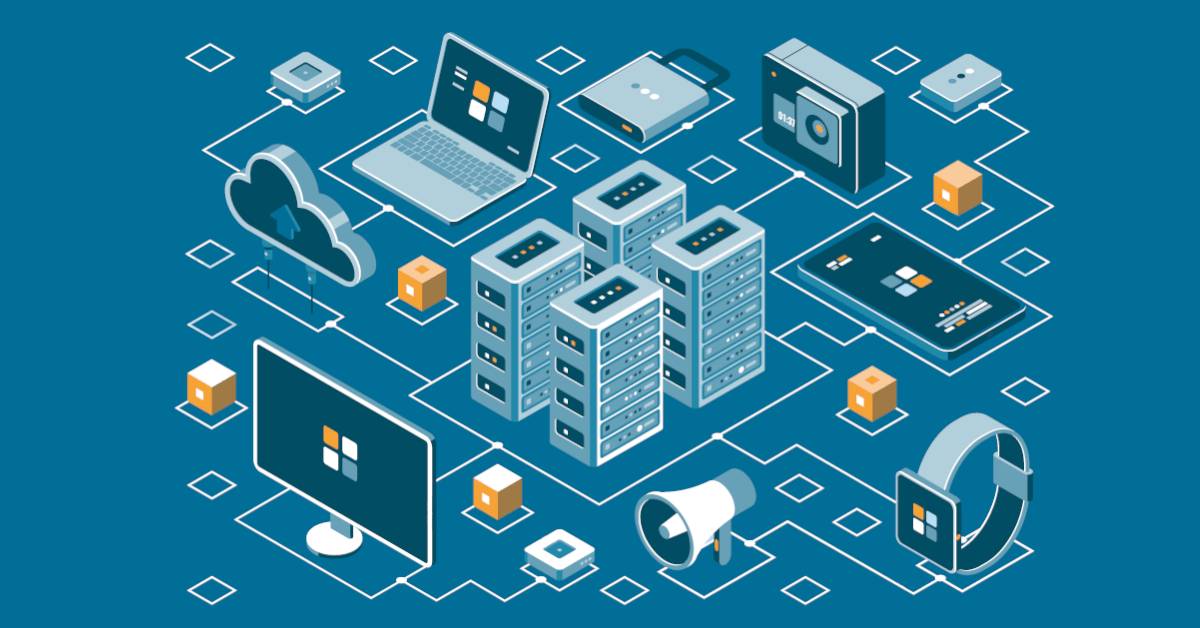A Guide to Empowering Developers with Secure and Fast Infrastructure

These days, developers are tasked with building applications that are not only feature-rich but also secure and efficient. Ensuring that an application runs smoothly requires a robust infrastructure that is both fast and secure. Developers need an environment that can keep up with the demand for high-performance applications while ensuring that sensitive data is protected. In this guide, we’ll explore some key considerations for empowering developers with secure and fast infrastructure to enhance the development process and end-user experience.
Table of Contents
Understanding the Need for Secure Infrastructure
Security is a top priority for developers, especially with the rising frequency of cyberattacks. A breach can lead to the exposure of sensitive information, loss of customer trust, and legal consequences. To empower developers, security needs to be woven into the infrastructure right from the beginning of the development process. This includes implementing strong access controls, encryption, and regular security audits.
Developers should prioritize security features like identity and access management (IAM) systems to regulate who can access resources and API endpoints. Tools such as firewalls, encryption (both at rest and in transit), and intrusion detection systems also play a critical role in protecting sensitive data from malicious actors.
Incorporating the best API platform for building and managing APIs can also help in securing the application infrastructure. By leveraging an API platform, developers can implement secure authentication methods like OAuth, validate inputs to prevent SQL injection, and restrict unnecessary API calls, ensuring that only legitimate users interact with the application.
Ensuring Fast and Reliable Infrastructure
Speed is another critical aspect of modern infrastructure. Users expect fast response times, and developers must optimize their infrastructure to meet these expectations. A sluggish application can lead to frustrated users, poor reviews, and ultimately, lost revenue. Developers should focus on reducing latency, optimizing resource usage, and utilizing content delivery networks (CDNs) to ensure fast response times regardless of user location.
Choosing the right cloud infrastructure is key to achieving both speed and reliability. Cloud providers like AWS, Google Cloud, and Azure offer scalable solutions that can grow with your application’s needs. Cloud services allow developers to scale their applications seamlessly without worrying about managing physical servers, reducing both cost and overhead.
Using serverless architecture is another innovative way to enhance speed. Serverless platforms automatically allocate resources as needed, which can lead to faster load times, lower costs, and easier maintenance. With serverless options, developers can focus on building the application instead of managing the infrastructure.
Automation and Continuous Integration
Automating the development pipeline is one of the best ways to ensure a fast and secure infrastructure. Continuous integration (CI) and continuous deployment (CD) enable developers to automatically test, integrate, and deploy new code, significantly reducing errors and deployment time. By automating this process, developers can quickly release updates and security patches, keeping their infrastructure secure and up-to-date.
Automation tools, such as Jenkins, GitLab, and CircleCI, are popular choices in DevOps. These tools not only streamline the deployment process but also allow developers to implement security checks throughout the CI/CD pipeline.
Monitoring and Performance Optimization
After deploying applications, it’s essential to constantly monitor performance and security. Tools like New Relic, Datadog, and Prometheus offer real-time monitoring, enabling developers to identify and resolve performance bottlenecks swiftly. Additionally, regular audits of the system help detect vulnerabilities before they can be exploited.
Performance optimization tools also help by identifying the resource-intensive parts of an application, allowing developers to make necessary improvements. For example, reducing the number of database queries, optimizing code, or implementing caching strategies can dramatically improve an application’s performance.

